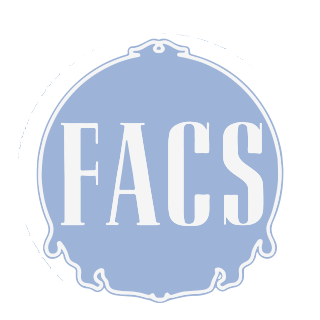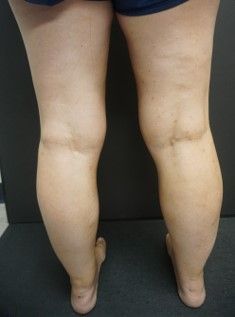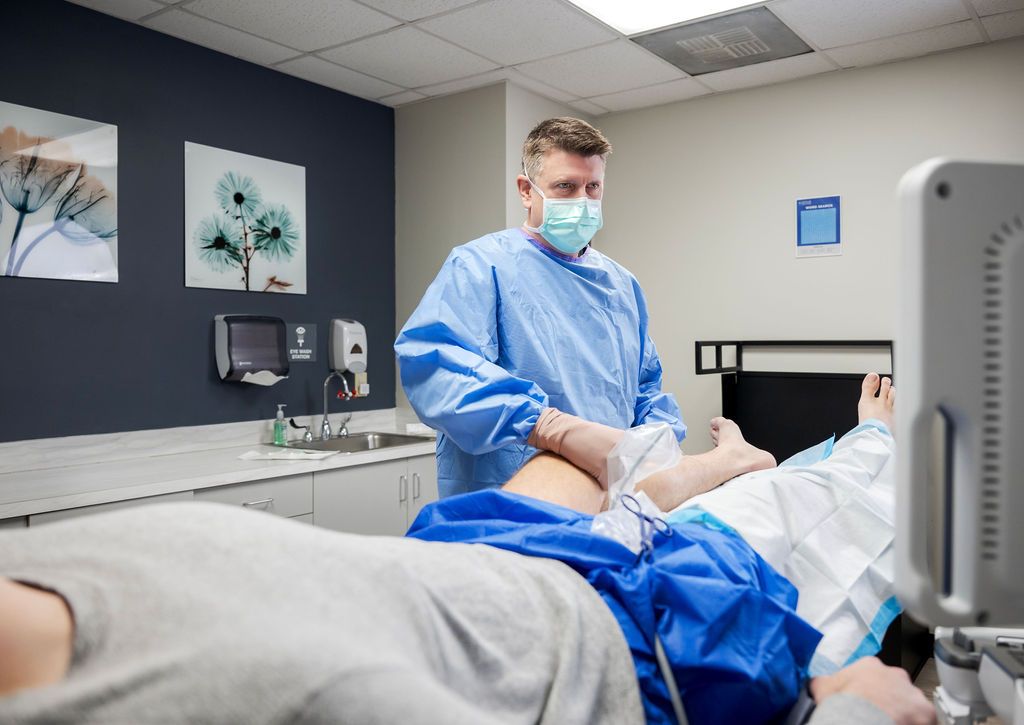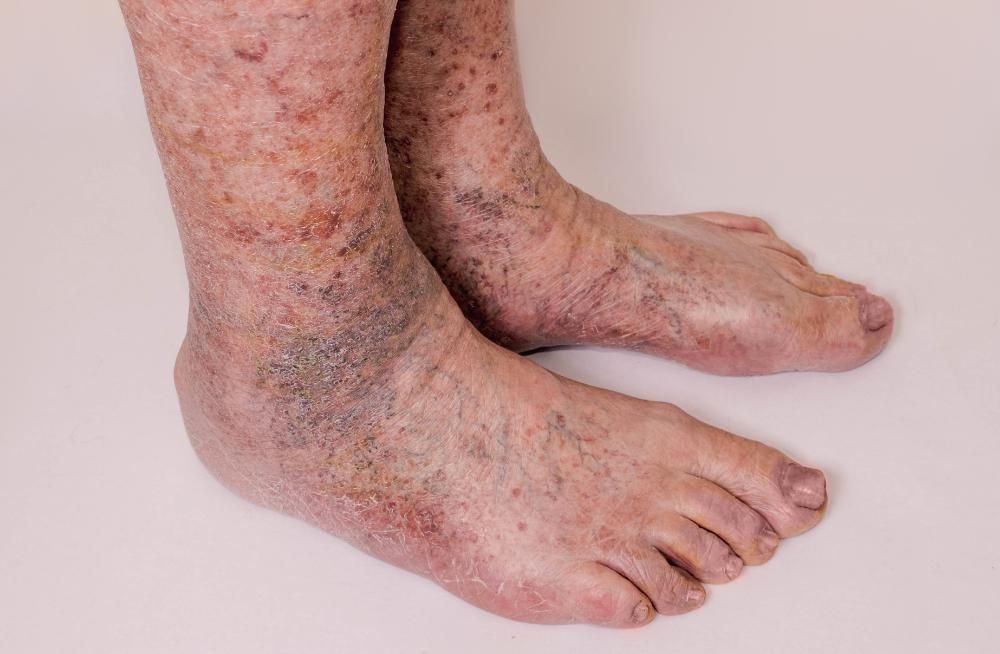HEALTHY, HAPPY LEGS START HERE
THE
LEG VEIN EXPERTS
OUR PROMISE
We combine medical excellence with genuine care to solve your leg vein problems.
Experience the difference.
3 EASY STEPS
TO HEALTHIER LEGS
1
Schedule Your Consultation
Connect with our team for a convenient appointment time that works for you. We understand your time is valuable and make scheduling easy.
2
GET EXPERT EVALUATION
Meet with our board-certified specialists for a thorough vein assessment and accurate diagnosis. We'll create a personalized treatment plan tailored to your needs.
3
RETURN TO ACTIVE LIVING
Experience the difference that expert vein care can make. Join our thousands of satisfied patients enjoying life with healthy, comfortable legs.
3 EASY STEPS
TO HEALTHIER LEGS
1
Schedule Your Consultation
Connect with our team for a convenient appointment time that works for you. We understand your time is valuable and make scheduling easy.
2
GET EXPERT EVALUATION
Meet with our board-certified specialists for a thorough vein assessment and accurate diagnosis. We'll create a personalized treatment plan tailored to your needs.
3
RETURN TO ACTIVE LIVING
Experience the difference that expert vein care can make. Join our thousands of satisfied patients enjoying life with healthy, comfortable legs.
SEE WHAT OUR PATIENTS HAVE TO SAY
Read experiences shared by patients who trusted their leg vein care to our board-certified specialists.
This business is great. I would not go to another Vascular Solution other than this one. Try them you will like it.
Emmie F.
Was very pleased with all aspects of my visit. They all took their time, answered all questions and were very polite.
Don J.
I was in terrible shape when I first came here. I couldn't walk on it. Now I am pain-free and can walk to wherever I want.
Anthony W.
Great experience. I had 4 procedures done, and felt better after the first one. Friendly staff and clean facility. Highly recommend Dr. Ford!
Nancy W.
THE LEG VEIN BLOG
EXPERT INSIGHTS
Stay informed with trusted insights from The Leg Vein Experts and our board-certified specialists.
CONVENIENT
CHARLOTTE LOCATION
Find us at the Arboretum:
7800 Providence Road, Suite 209

CONTACT
7800 Providence Road #209
Charlotte, NC 28226
Mon - Thurs: 8:30am - 5pm
Fri: Hours Vary
Sat - Sun: CLOSED


